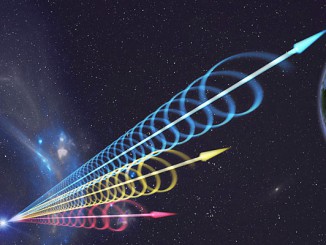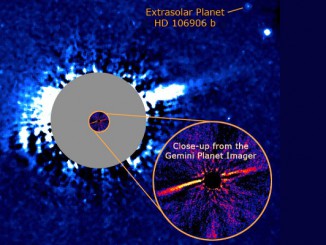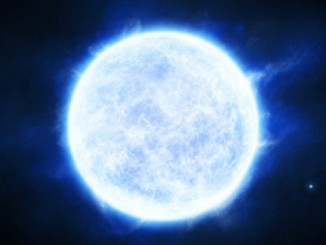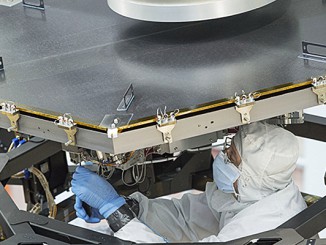
News


‘Fast Radio Burst’ sheds new light on origin of these extreme events
Fast radio bursts (FRBs), brief yet brilliant eruptions of cosmic radio waves, have baffled astronomers since they were first reported nearly a decade ago. Though they appear to come from the distant universe, none of these enigmatic events has revealed more than the slimmest details about how and where it formed, until now.


The Sun could release flares 1,000x greater than recorded
A binary star known as KIC 9655129 observed by NASA’s Kepler space telescope is known to produce superflares, thousands of times more powerful than those ever recorded on the Sun. Research led by the University of Warwick suggests the underlying physics of KIC 9655129’s superflares and solar flares might be the same, supporting the idea that our Sun could also produce such phenomena.

Exiled exoplanet kicked out of star’s local neighbourhood?
A planet discovered last year sitting at an unusually large distance from its star — 16 times farther than Pluto is from the Sun — may have been kicked out of its birthplace close to the star in a process similar to what may have happened early in our own solar system’s history. The planet’s 13-million-year-old parent star is known as HD 106906 and lies 300 light-years away.

Unveiling the turbulent times of a dying star
Astrophysicists have used the National Science Foundation’s Blue Waters supercomputer to perform 3-D simulations of a mere 10 milliseconds in the collapse of a massive star into a neutron star, proving that these catastrophic events — often called hypernovae — can generate the enormous magnetic fields needed to explode the star and fire off bursts of gamma rays visible halfway across the universe.

Computer simulations explain Jupiter’s wild weather
The numerous whirlwinds covering Jupiter are caused by upward gas flows originating deep within the giant planet. This is the conclusion reached by scientists at the University of Alberta (Canada) and the Max Planck Institute for Solar Research (MPS) in Germany after extensive computer simulations. Their models also explain why the Jovian whirlwinds’ direction of rotation is opposite to storms on Earth.

Hottest white dwarf discovered in our Galaxy
With a temperature of 250,000 °C — 45 times that at the surface of our Sun — astronomers believe that this dying star in the outskirts of the Milky Way may have peaked at 400,000 °C a thousand years ago. The researchers were also the first to observe an intergalactic gas cloud moving towards the Milky Way — indicating that galaxies collect fresh material from deep space, which they can use to make new stars.

NASA’s James Webb Space Telescope receives first mirror installation
NASA has successfully installed the first of 18 flight mirrors onto the James Webb Space Telescope — the successor to Hubble — beginning a critical piece of the observatory’s construction. Targeted for launch in 2018, the telescope’s 18 primary mirror segments will work together as one large 21.3-foot (6.5-metre) mirror.

A blue, Neptune-sized exoplanet around a red dwarf star
A team of astronomers has used the Las Cumbres Observatory Global Telescope (LCOGT) network to detect light scattered by tiny particles through the atmosphere of a Neptune-sized transiting exoplanet. This suggests a blue sky on this world, known as GJ 3470b, which is only 100 light-years away from us.
